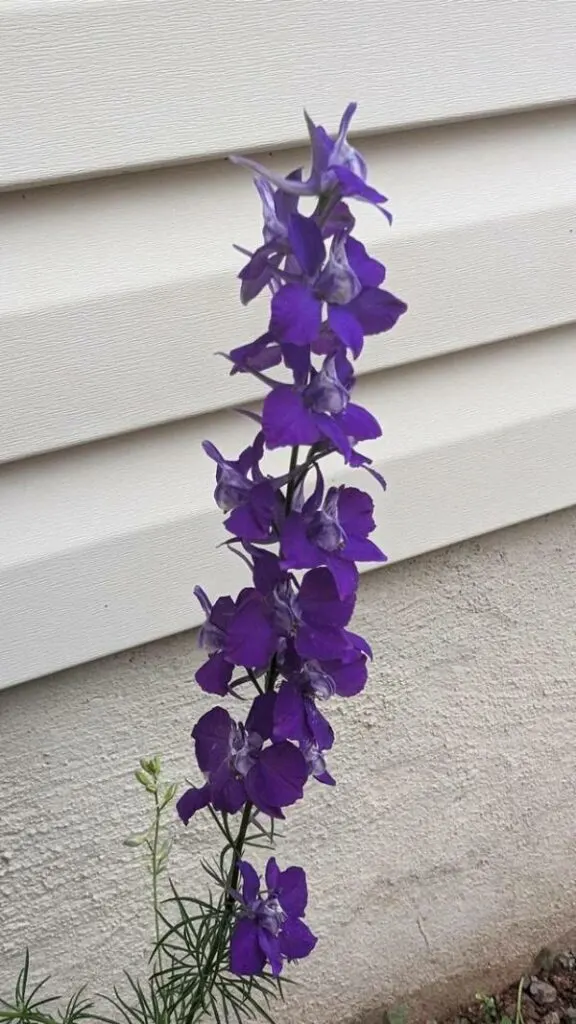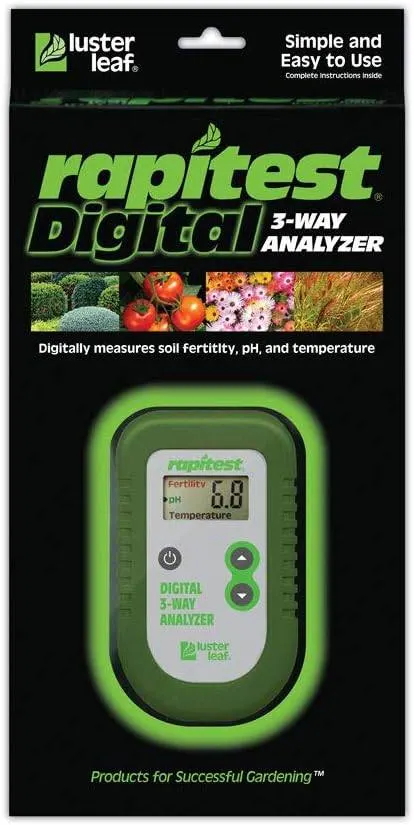Wolfsbane is a plant that hides a rich story in itself.
Its tall spikes of hooded flowers have won many hearts worldwide. Over the ages, Wolfsbane has also been used for its therapeutic benefits, leading people to believe in its ability to heal and protect.
Despite its poisonous nature, its historical significance and therapeutic properties have motivated many people to cultivate it.
However, the legal aspects surrounding the Wolfsbane plant raise questions.
This article will look at some of the most exciting facts about Wolfsbane.
Whether you’re a gardener, nature lover, or into herbalism, understanding the laws around Wolfsbane is crucial because this knowledge can change how you interact with this amazing plant.
So, without further ado, let’s begin!

Legal Status of Wolfsbane Plant
The legal rules and regulations regarding Wolfsbane vary in different regions.
Regulations are the backstage crew working behind the scenes. Understanding these regulations keeps you on the right path without any unexpected detours.
In some places, growing Wolfsbane is allowed or even embraced.
However, in other regions, you might need legal permission.
Cultivating, selling, or using Wolfsbane might be subject to specific rules. Therefore, knowing Wolfsbane’s legal status in your region is critical.
Here’s what you can do:
- Start by visiting your government’s official website. For reliable information, you can search for particular sections on agriculture, environment, or natural resources.
- If the details aren’t available online, you can reach out to local authorities like the Department of Agriculture or Environmental Protection.
- You can also seek information from university extensions and botanical gardens.
Now, let’s talk a bit about the plant itself.
The Botanical Profile of Wolfsbane
Wolfsbane, also known as Aconitum or Monkshood, belongs to the Ranunculaceae family.
This perennial herb instantly catches attention with its impressive height and vibrant blue, purple, and white hues. However, don’t be fooled by its graceful appearance; behind its beauty lies a toxic secret!

Every part of Wolfsbane is loaded with potent alkaloids, turning it into a plant that you should take caution with.
It’s a beauty with a toxic secret.
When it comes to its home, it loves chilly soil and thrives in moist conditions.
Unlike some picky plants, it’s not overly particular about light requirements—partial shade is ideal.
Historical Uses and Folklore of Wolfsbane
Wolfsbane holds a fascinating history deeply rooted in both herbal medicine and folklore.
In traditional medicine, Wolfsbane has been a reliable remedy for the ancient healers. These healers believed in its powerful ability to cure various disorders, thus considering it crucial in their healing practices.
Now, let’s talk about the folklore.
Wolfsbane emerges as a prominent figure in stories involving werewolves and witches. Yes, it wasn’t just a plant but played a mystical role in the stories passed down across generations within communities.
This dual significance led Wolfsbane to become a symbol linked with rituals and traditions across different cultures, symbolizing the spirit of protection and ancient wisdom.
So, Wolfsbane isn’t just an ordinary plant but a unique part of our history.
Medicinal Properties and Safety Concerns
Aconitum possesses potential therapeutic properties, yet it harbors safety concerns that demand our attention.
The plant contains alkaloids that may offer relief from certain ailments when used cautiously. Recent studies suggest that Wolfsbane may hold promise in managing pain, but its potency requires careful handling.
In traditional medicine, Wolfsbane has been praised for its pain-relieving and anti-inflammatory abilities.
However, it’s crucial to note that improper usage can pose serious risks, as the plant contains toxic compounds. Ingesting or applying these compounds without proper preparation can adversely affect the nervous system and heart.
To ensure safety, consulting healthcare professionals is paramount before considering Wolfsbane for medicinal purposes.
Cultivation and Caring Tips for Wolfsbane
Cultivating and caring for Wolfsbane requires a delicate touch, as it contains toxic alkaloids that can be harmful if mishandled.
Let’s discuss the essential tips to grow and nurture this plant successfully.
NOTE: Before we discuss the whole process of cultivating Wolfsbane, it is crucial to investigate the legality of this plant in your region. If you are allowed to have it in your garden, then follow the simple guide below.
Related Article: How To Grow Winter Aconite Flowers?
Choosing the Right Location with the Right Lighting
Like any other plant, selecting an appropriate location is crucial for the successful growth of Wolfsbane.
What are the requirements?
This perennial plant prefers partial shade to full sunlight.
PH Requirements
While it can tolerate various soil types, a slightly acidic to neutral pH is ideal.
You can quickly check the pH levels of your soil with a soil testing kit. If you don’t have one, you can submit the soil samples to a horticultural lab to get the tests done.

Temperature
Wolfsbane plants prefer cooler temperatures, making them well-suited for regions with mild climates. Taking care of these conditions before planting Wolfsbane for healthy cultivation would be best.
Soil Preparation
To enhance drainage and fertility, prepare the soil by incorporating organic matter, such as well-rotted compost.
Wolfsbane thrives in moist, loamy soil, so maintaining consistent moisture levels is essential. So, adding a layer of mulch around the plants helps retain moisture and suppress weeds.
Planting Wolfsbane
Once you’ve identified and prepared the perfect spot, it’s time to plant Wolfsbane.
- Dig a hole slightly larger than the root ball, and place the plant in its container at the same depth as it was.
- Plant the seeds or seedlings in early spring or autumn, allowing the plant to establish its roots before it faces extreme weather conditions.
- Maintain a spacing of at least 18 to 24 inches between each plant to facilitate healthy growth.
- Gently firm the soil around the plant and water thoroughly.
That would do it.
Watering and Moisture
Wolfsbane appreciates consistently moist soil, so regular watering is crucial.
However, it’s essential to strike a balance and avoid waterlogged conditions.
Aim for a watering schedule that keeps the soil evenly moist but not soggy. During dry periods, increase watering frequency to support healthy growth.
Fertilizing
Feed Wolfbane with a balanced fertilizer in the spring before the new growth begins.
However, be cautious with the amount and frequency, as over-fertilization can lead to excessive foliage at the expense of flower production.
A slow-release, all-purpose fertilizer is generally suitable for Wolfsbane.
Pruning and Deadheading
To encourage bushier growth and prolong flowering, pinch back young shoots in the spring.
Deadhead spent flowers to promote continuous blooming and prevent the plant from putting energy into seed production. Trim back any yellow or damaged leaves to promote overall vitality.
NOTE: Be cautious while handling the plant, and wear gloves to avoid contact with the toxic sap.
Protection and Safety Measures
Due to the toxic alkaloids present in Wolfsbane, it is imperative to take precautions.
Wear gloves when handling the plant, and ensure it is planted in an area inaccessible to children and pets.
Familiarize yourself with the specific toxins present and exercise caution during all stages of cultivation.
That’s all for today!
Now, it’s time to move towards the conclusion.
Conclusion
Wolfsbane is a captivating toxic plant with a rich history in medicine and folklore.
However, its legal status varies, highlighting the need to align with regional laws when cultivating or using Wolfsbane.
Cultivating Wolfsbane demands care and attention due to its toxic nature.
Choosing the right location and handling the plant with caution are essential steps.
Remember to approach and use its cultivation with respect, knowledge, and adherence to local regulations.
Regards,
Moiz Atiq.
